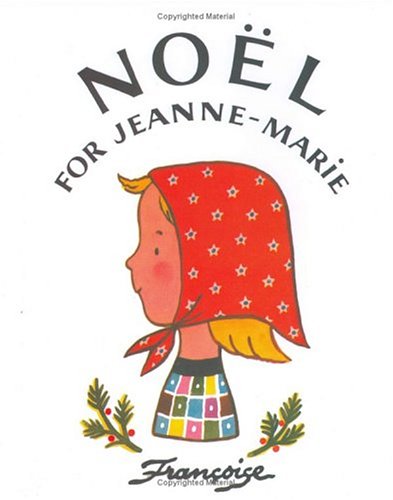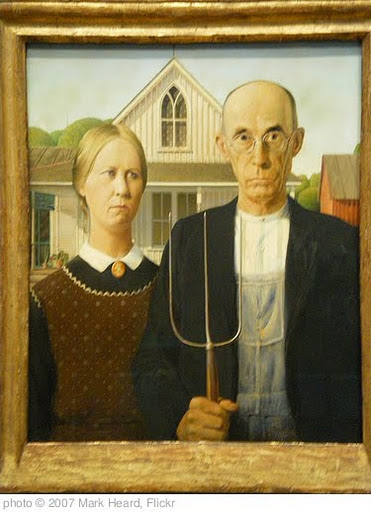My American History class has reached the era of the Great Depression, the 1930’s, and we’re reading Nothing To Fear by Jackie Koller. This read is going much better than the last book they were asked to read, Christy by Catherine Marshall. Christy is one of my favorite novels, but had I known when I wrote the syllabus that I would have a class of nine fourteen-fifteen year old boys, I might have chosen a different book to exemplify the early twentieth century.
 Back to Nothing To Fear. All of the boys were enthusiastic about this one. It’s the story of a boy, Danny Garvey, who lives with his Irish American family—father, mother, and little sister Maureen–in a tenement apartment in New York City in 1932. Like all of the men in Danny’s neighborhood, Danny father is out of work and feeling desperate about providing for his family. Danny’s mother does laundry and ironing from her home for Miss Emily’s Hotel for Young Women. Danny shines shoes to make a few extra pennies.
Back to Nothing To Fear. All of the boys were enthusiastic about this one. It’s the story of a boy, Danny Garvey, who lives with his Irish American family—father, mother, and little sister Maureen–in a tenement apartment in New York City in 1932. Like all of the men in Danny’s neighborhood, Danny father is out of work and feeling desperate about providing for his family. Danny’s mother does laundry and ironing from her home for Miss Emily’s Hotel for Young Women. Danny shines shoes to make a few extra pennies.
But when Danny gets in with the wrong crowd and a window gets broken at old man Weissman’s store, Danny learns just how important his good name is to his father and eventually through the course of events, Danny also learns to value his own name and reputation.
Some bad stuff happens in this book, but it ends on a note of hope and perseverance. Danny and his mother trust in God and President Roosevelt to get them through the Depression, a trust somewhat misplaced in my opinion, but it’s true to the era and matches the stories that I’ve heard from people who lived during the 1930’s. Danny and his mom and all their neighbors are ecstatic when Roosevelt is elected, and even though, again realistically, the election of Roosevelt does nothing to improve the Garveys’ lives, they still cling to the hope that FDR will do something to end the Depression and return the country to prosperity. It reminds me of people nowadays who still maintain that President Obama will get our economy going again, except that I don’t think we’re as desperate as people were during the Great Depression. Therefore, we have a little room to see clearly that Obama is not our rescuer. FDR was any port in a storm and too much of a last chance for people to give up on him, even when he didn’t/couldn’t deliver.
I would recommend Nothing To Fear for boys ages 12-16 who are studying the Depression era in history or who just enjoy history and historical fiction. A few other recommended fiction books set in the same time period for children and young adults:
Roll of Thunder, Hear My Cry by Mildred Taylor. Cassie Logan lives with her family in rural Mississippi and experiences the family closeness and racial tensions of the 1930’s time period.
I like these Dear America diaries:
Christmas After All: The Great Depression Diary of Minnie Swift. Indianapolis, IN, 1932 by Kathryn Lasky.
Mirror, Mirror on the Wall: The Diary of Bess Brennan, The Perkins School for the Blind, 1932 by Barry Denenburg.
Survival in the Storm: The Dust Bowl Diary of Grace Edwards, Dalhart, Texas, 1935 by Katelyn Janke.
Year Down Yonder by Richard Peck. Winner of the 2001 Newbery Medal. Fifteen year old Mary Alice is sent downstate to live with Grandma Dowdel while her Ma and Pa stay in Chicago to work.
Bud, not Buddy by Christopher Paul Curtis. Bud, not Buddy, Caldwell is an orphan who thinks he might just have a dad, Herman E. Calloway, bass player for the Dusky Devastators of the Depression. Will he find Calloway, and is Calloway really his father?
Moon Over Manifest by Clare Vanderpool is the story of a girl, twelve year old Abilene Tucker, whose father, Gideon, is a hobo. Abilene and her dad have been riding the rails together for as long as she can remember, but now (summer, 1936) Gideon has sent Abilene to live with an old friend of his in Manifest, Kansas while Gideon takes a job on the railroad back in Iowa. 2010 Newbery Award winner. Semicolon review here.
Ten Cents a Dance by Christine Fletcher. For older teens and adults. Semicolon review here.
William S. and the Great Escape by Zilpha Keatley Snyder. William escapes his abusive home along with his little sister and brother, but can the three fugitives find a place to call home in a time when home is hard to find? Semicolon review here.
Turtle in Paradise by Jenifer L. Holm. Semicolon review here. Take one eleven year girl named Turtle with eyes as “gray as soot†who sees things exactly as they are. Plunk her down in Key West, Florida with her Aunt Minnie the Diaper Gang and a bunch of Conch (adj. native or resident of the Florida Keys) relatives and Conch cousins with nicknames like Pork Chop and Too Bad and Slow Poke.
 The other books in the series are:
The other books in the series are:







